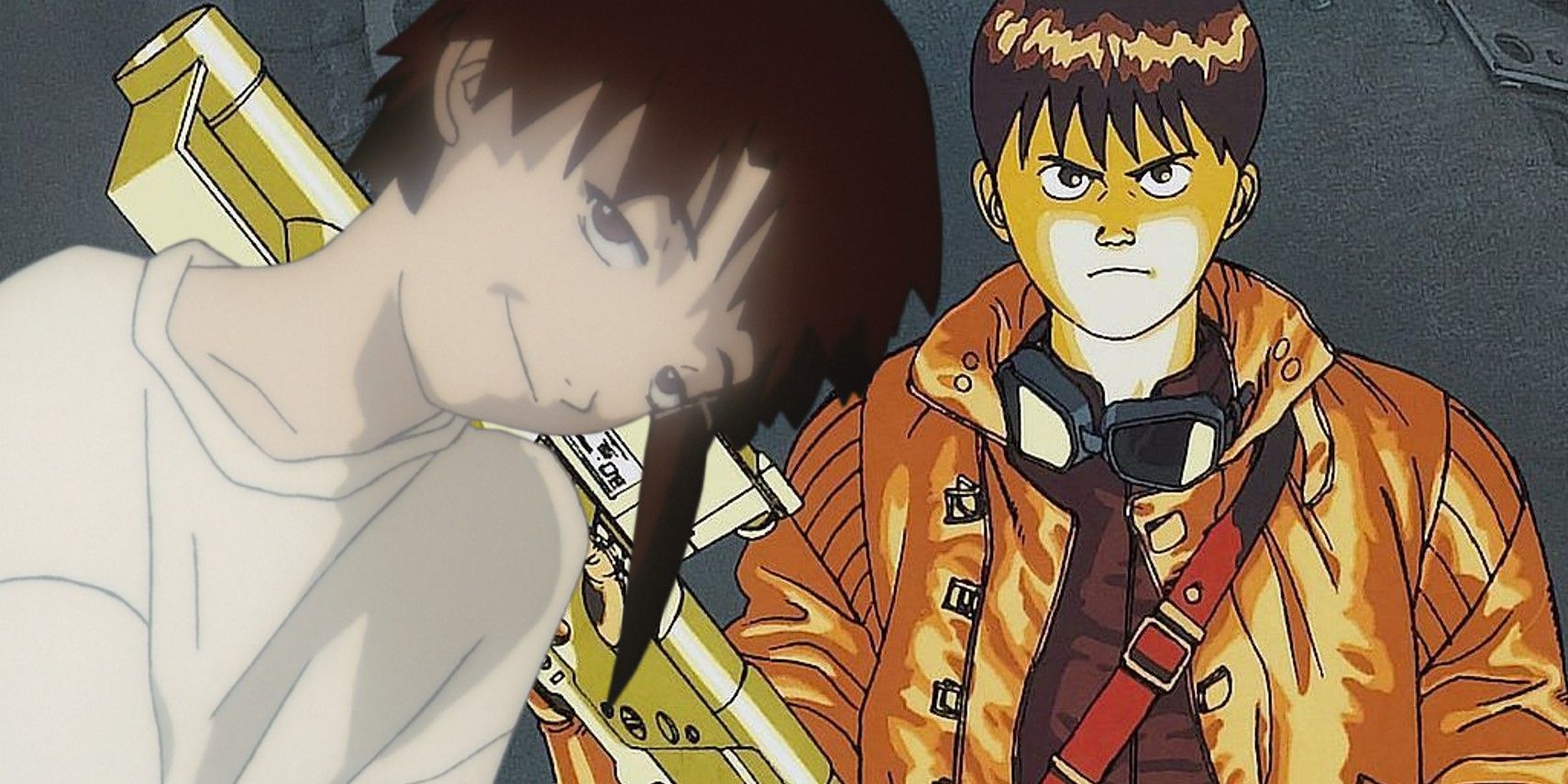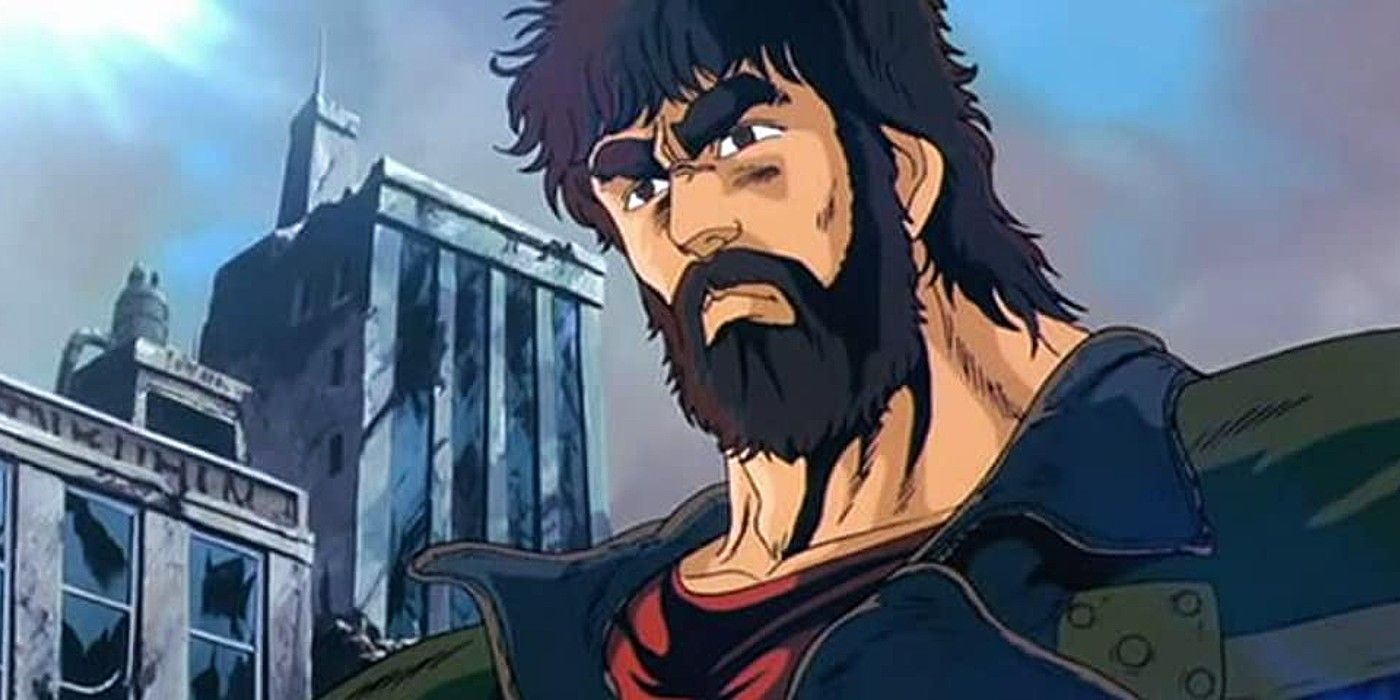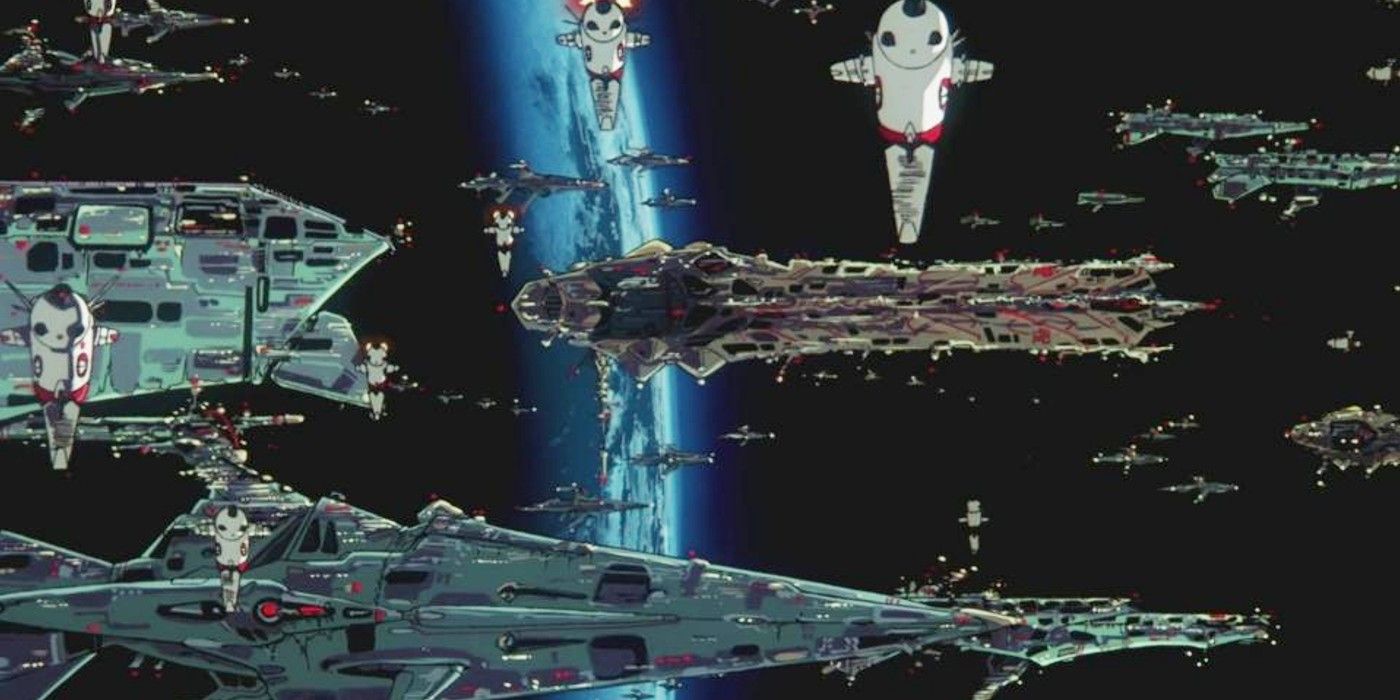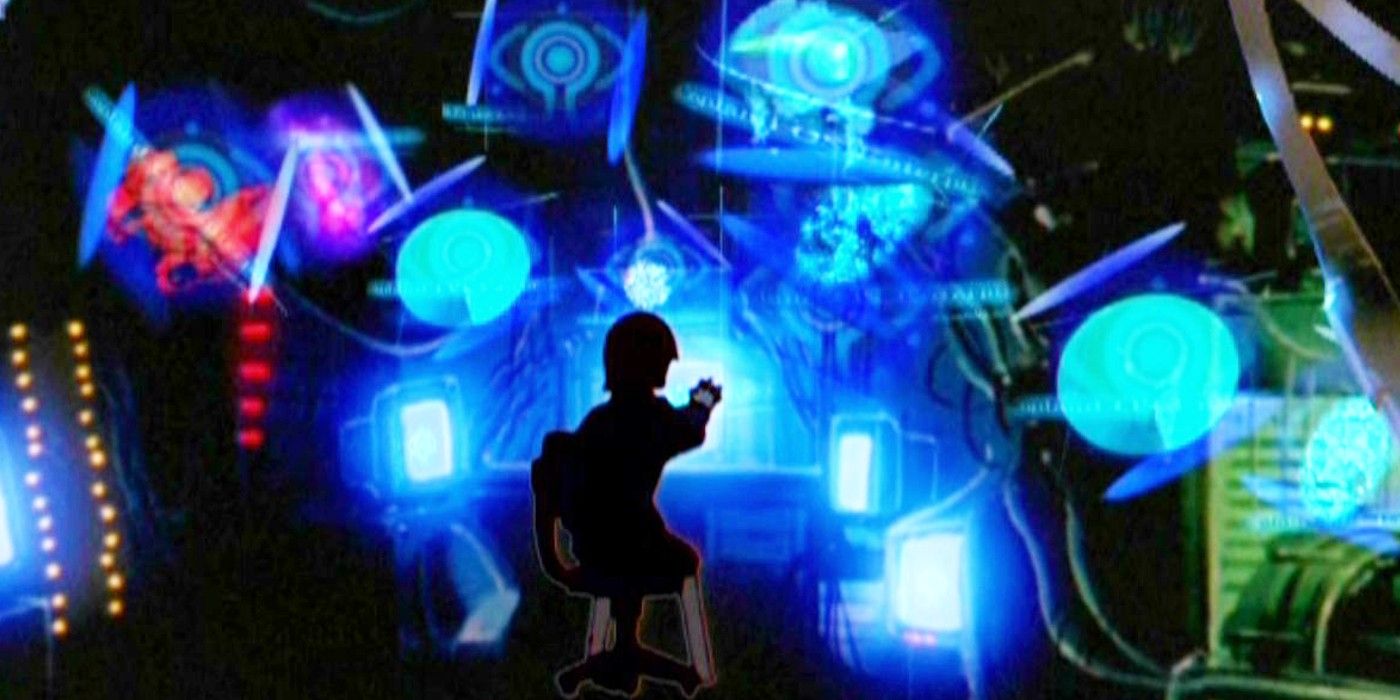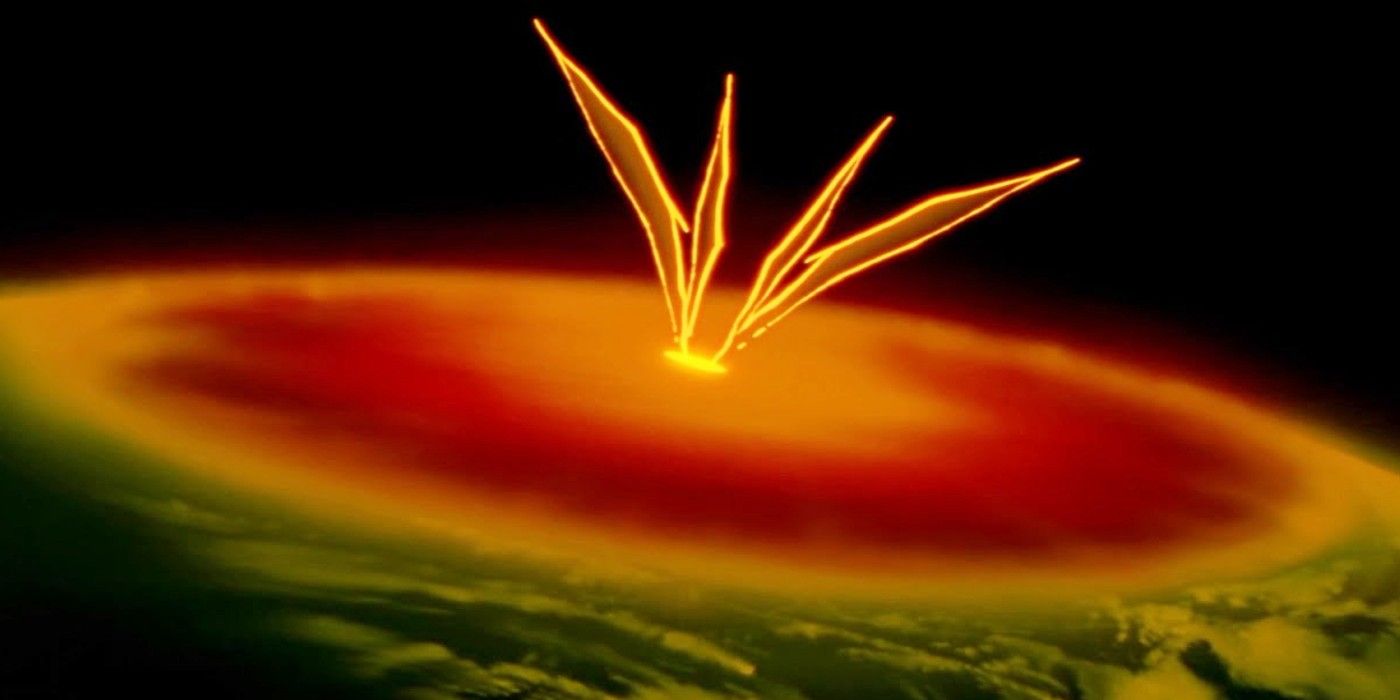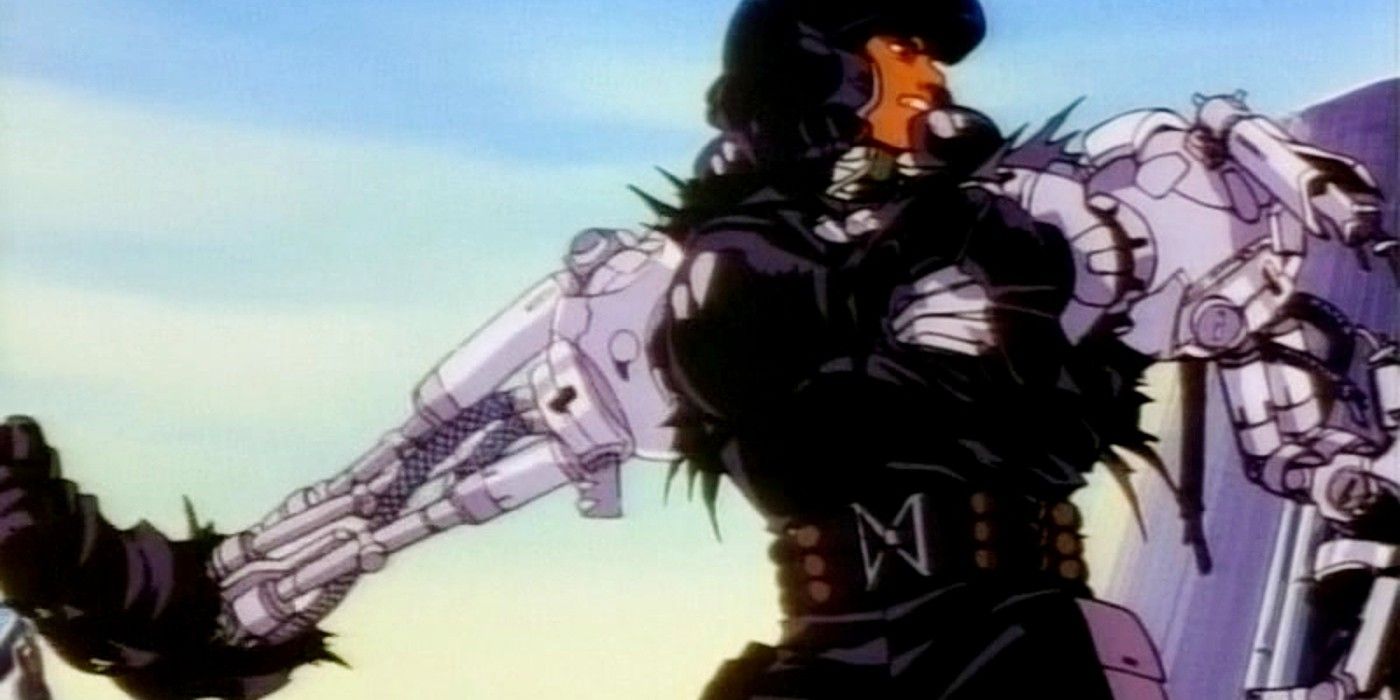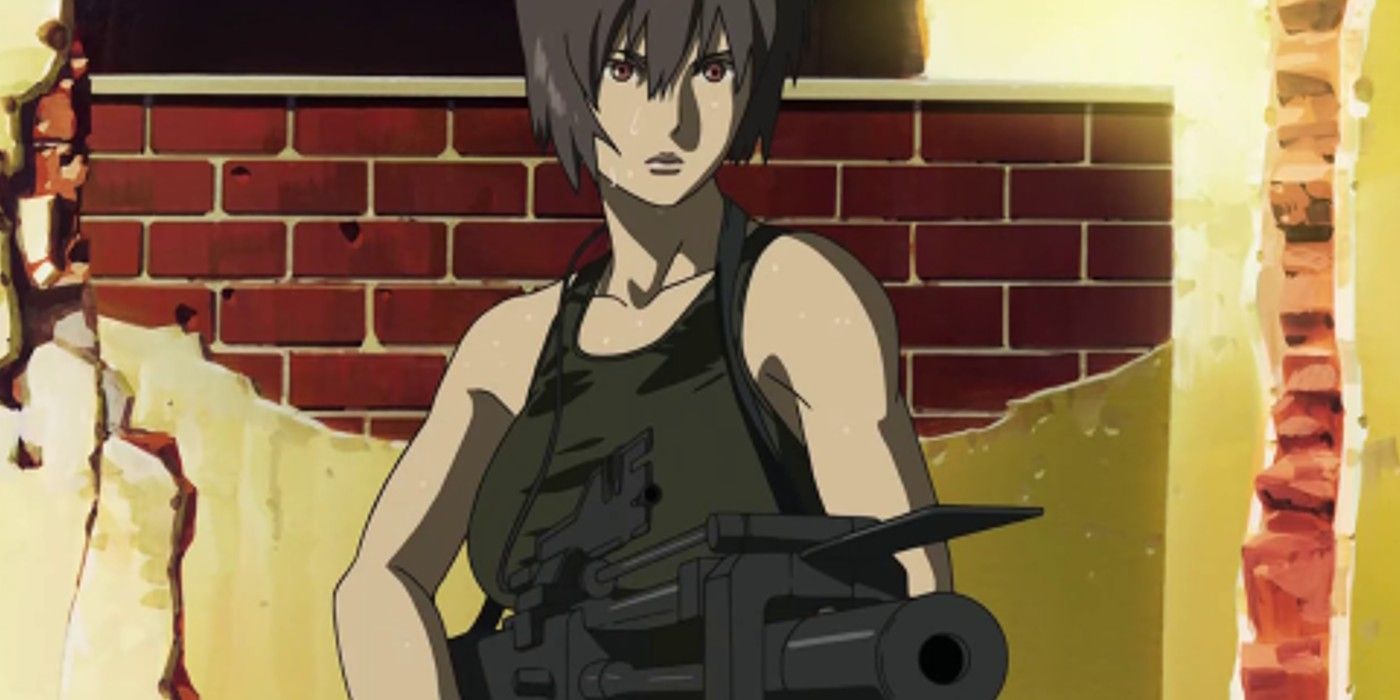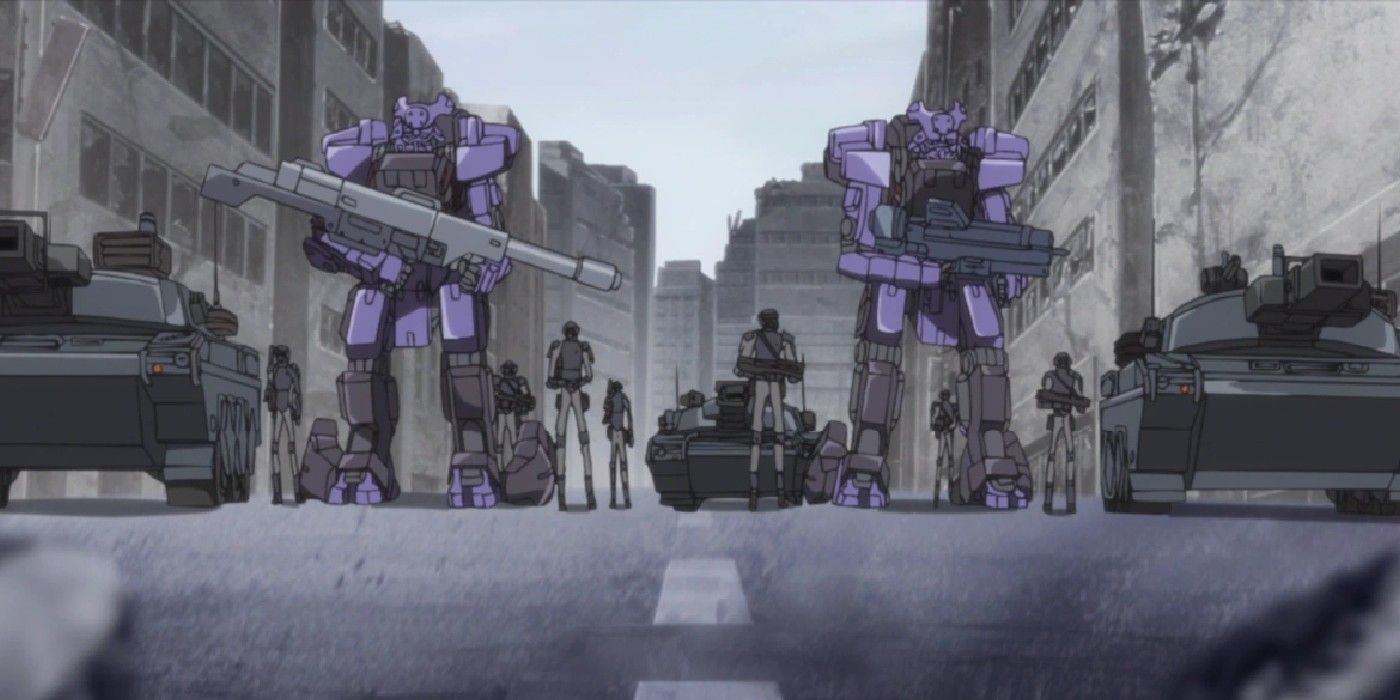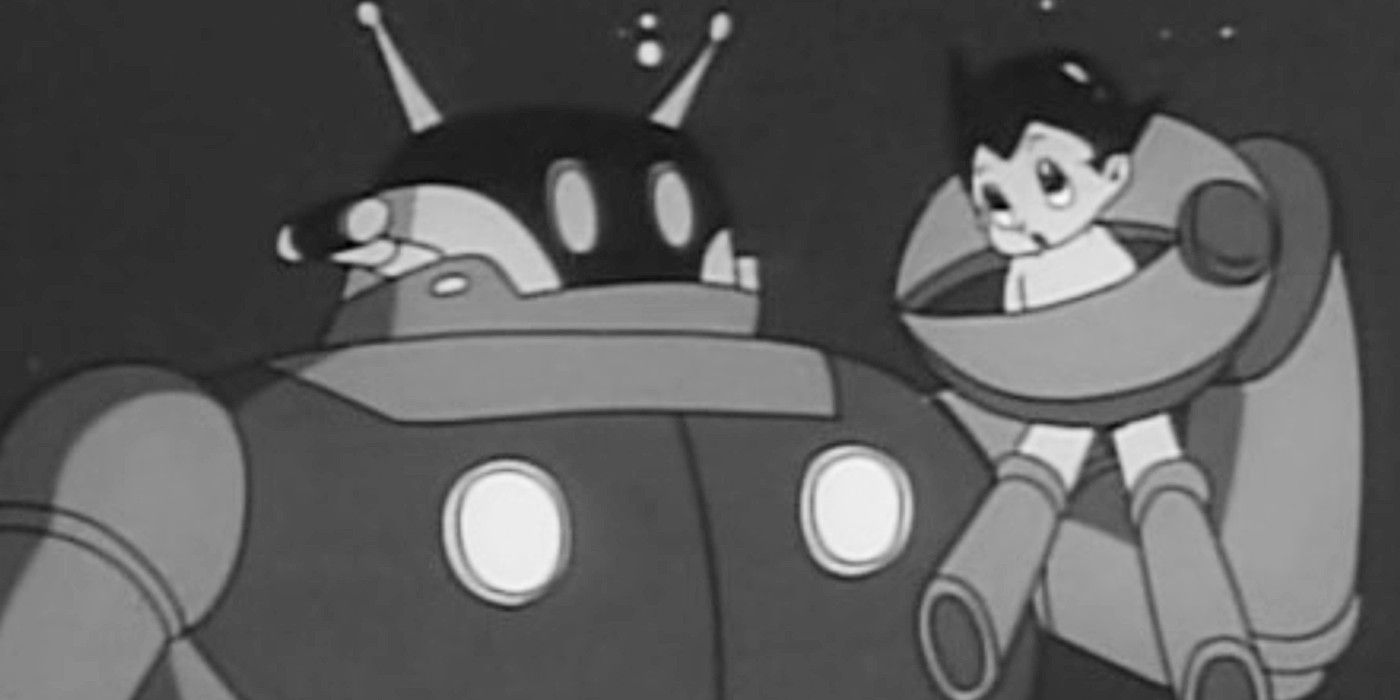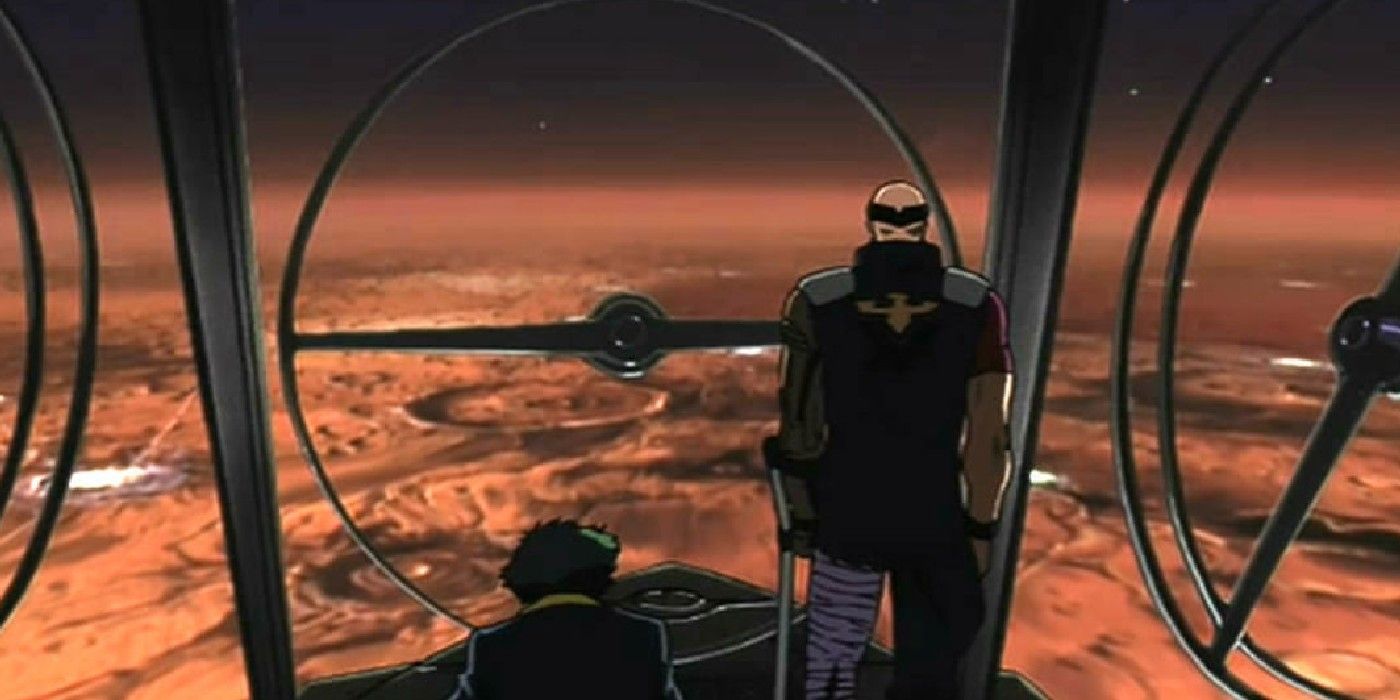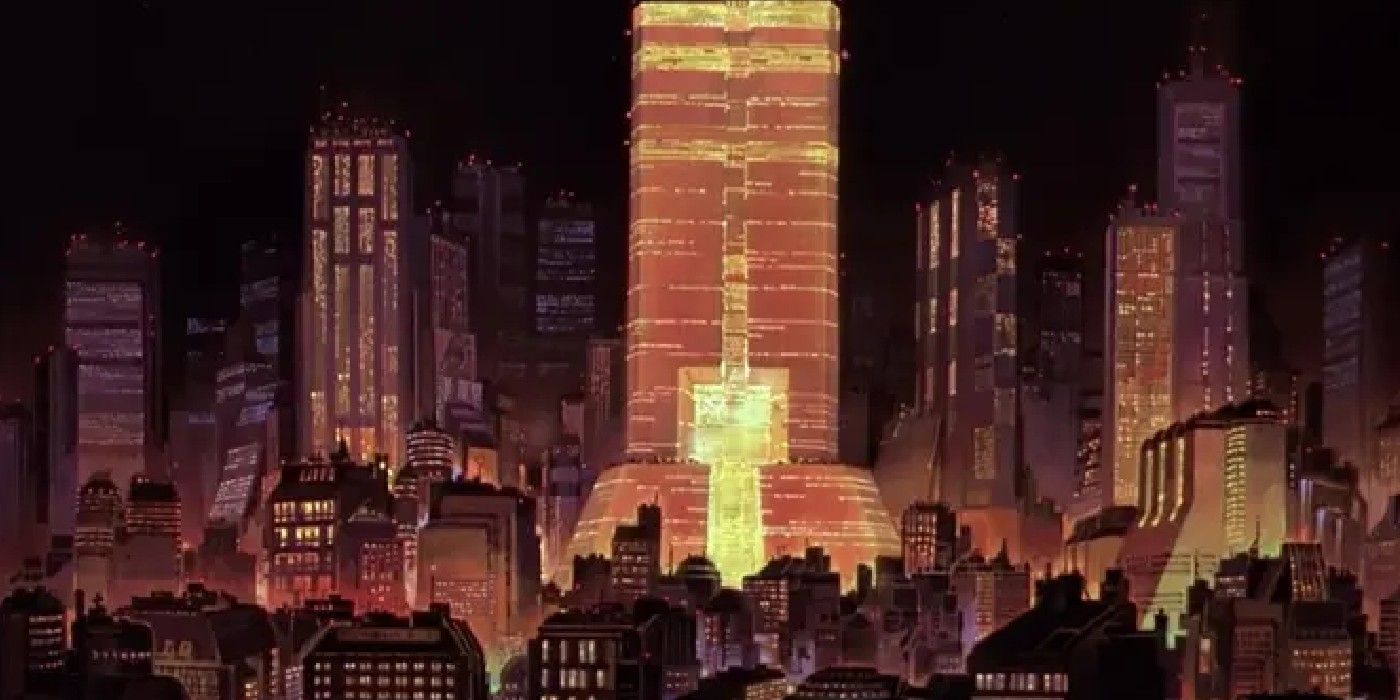Part of the fun of speculative fiction is seeing what predictions do and don't come true. Whether the story in question foresaw a utopian future or a nuclear wasteland, it's intriguing to see the different futures that creators come up with. These kinds of stories are common in anime and, unsurprisingly, many got the future wrong.
Just because an anime made a wrong prediction doesn't mean it's bad. At worst, mistakes like these emphasize the anime's age and show how much of a product of its time it is. While it would be nice to see the space travels predicted by some anime, it's also nice to know that certain speculative apocalypses never came to pass.
10 Fist Of The North Star Predicted That The World Would End In 199X
Fist Of The North Star began airing in 1984 and, like almost every piece of fiction made during the decade, the Cold War weighed heavily on it. As such, Kenshiro's post-apocalyptic saga really began some time in the early 90s, when the Cold War went hot and nuclear Armageddon ended the world as Kenshiro's generation knew it.
The real Cold War and fears of nuclear annihilation thankfully ended in 1991, making Fist Of The North Star's bleak and desolate timeline obsolete. The anime's use of the unspecified year "199X" is so outdated that it became something of a punchline, with Excel Saga's parody of the classic post-apocalyptic anime being a well-known example.
9 Super Dimension Fortress Macross Predicted That Global Unification & Space Travel Would Begin In 1999
Macross' story proper, which chronicles the war between Earth's UN Spacy Forces and the Zentraedi, officially begins in 2009, but the groundwork for this intergalactic war was laid in an alternate 1999. A decade before the Zentraedi emerged, the Earth's disparate nations united when a giant spacecraft crashed on the planet.
Besides the fact that the real 1999 did not see the Earth become a singular nation, real-life space travel was still in its relative infancy. To be fair, humanity's rapid technological advancements were only possible when the world's brightest minds reverse-engineered the downed spaceship that would eventually become the titular SDF-1 Macross.
8 Serial Experiments Lain Predicted A Transhuman Internet In 1999
While Serial Experiments Lain aired between 1997 and 1998 and has been read as speculative fiction set during those years, it's been said that it actually takes place in 1999. Helping this argument is the anime's focus on the internet's creeping presence in everyday life, which was very commonplace and pronounced in the last twelve months of the 90s.
That said, Serial Experiments Lain foresaw a 1999 that was more technologically advanced than what really happened. Not only did Lain and everyone else own the kinds of devices that would only be possible in the 2020s, but the internet was so advanced that transhumanism, the merging of man and machine, could be achieved by some.
7 Neon Genesis Evangelion Predicted A Global Apocalypse In 2000
Neon Genesis Evangelion's post-apocalyptic present is set in 2015, but the world that older characters like Misato and Gendo knew ended in 2000. At the turn of the New Millennium, a cataclysm known as the Second Impact started a destructive chain of events that began with environmental calamities that culminated in nuclear war between nations.
Natural disasters and armed conflict were still a harsh reality in 2000, but they were nowhere near as catastrophic as the ones that shaped Neon Genesis Evangelion's world. Additionally, the years between 2000 and 2015 saw the development of giant robots and other superweapons, which were only possible thanks to the discovery of Angels.
6 Angel Cop Predicted Japanese Economic Dominance & Technological Advancements In 2001 & Beyond
The 80s were some of Japan's best economic years, and it even came to the point where the world believed that Japan would become the dominant economic power in the coming decades. Unfortunately, Japan's economic bubble burst, leading to its stagnation in the 90s that would collectively be known as "The Lost Decade."
This is a reality that 1989's Angel Cop didn't account for, since its futuristic backdrop is dependent on Japan's economic domination continuing into the 21st Century. Additionally, many of the ultraviolent OVA's technological feats like cybernetically enhanced weapons and people have yet to be mass-produced or even invented in the real 21st Century.
5 Ghost In The Shell Predicted World Wars & Transhuman Advancements In 2001 & Beyond
One of Ghost In The Shell's most overlooked aspects is its intricate alternate history, since it takes a backseat to the franchise's signature deep philosophizing. The cyberpunk dystopia that Major Motoko Kusanagi lives in is set in 2029, and it was born after two World Wars that occurred between the 2000s and 2030s.
Besides reshaping geopolitics, with Japan becoming the dominant power and America fracturing into three nations, Ghost In The Shell's version of the 21st Century saw robotics' rapid advancement. By the time the anime began, the line between man and machine was outright erased, which is a technological feat that is still seen as unattainable today.
4 Code Geass Predicted The Mechanized Revival Of Colonialism In 2010
Canonically speaking, Code Geass' story, specifically Lelouch Vi Britannia leading Japan's war for independence, began in 2017. What makes Code Geass' vision of the future wrong isn't just the existence of the Geass or Knightmares but that, in its airing year of 2006, it predicted that colonialism would come back in full force in 2010.
In 2010, the Holy Britannian Empire colonized Japan in just 24 hours. This could only happen thanks to Code Geass' alternate history, where the British Empire collapsed and remade itself into the Holy Britannian Empire. It should also be noted that the Empire isn't based in the United Kingdom, but in both North and South America, plus parts of Asia.
3 Astro Boy Predicted An Incredibly Futuristic 2013
Astro Boy is regarded by many as the first true anime and, unsurprisingly, it shows its age. Released in 1963, Astro Boy's idealistic and fantastical vision of a future where robots and people live together is set in 2013. As outdated as this may sound, it should be noted that this was an update from the manga's setting of 2003.
Robots did exist in the real 2013, but they're nowhere near as advanced, let alone sentient, as Atom and his friends and foes. As far as intelligent and super-powered robots go, they're still speculative fiction. Robotic developments are currently in their most rudimentary forms, while artificial intelligence has yet to escape its infancy.
2 Cowboy Bebop Predicted That Space Travel Would Start In 2021
When audiences first met Spike Spiegel and Jet Black, their grimy future was set firmly in 2071. Besides the fact that spacecraft like the Swordfish currently don't exist, Cowboy Bebop truly began with a very different take on a familiar year. In brief, intergalactic travel was accomplished in 2021, but an accident in 2022 changed humanity forever.
In 2022, the Astral Gate Accident occurred, and this catastrophe rendered the Earth uninhabitable and killed most of mankind. Humanity was forced to expand to the cosmos, leading to Cowboy Bebop's space-faring reality. Today, intergalactic travel is just a theory, and it would be lifetimes before anyone even comes close to accomplishing it.
1 Akira Predicted A Dystopia In 2019 Born From Another World War
Akira was released in 1988, and it actually begins in the same year. In this alternate 1988, Tokyo is suddenly decimated by a massive fireball, and this cataclysm leads to World War III. The movie then cuts to 2019, where Tokyo was rebuilt as the dystopian Neo-Tokyo, which is more of a reflection of Japan's polarizing 80s than an accurate prediction of the future.
Like 80s-era Japan, Neo-Tokyo enjoyed economic prosperity but saw a rise in youth rebellion. Not only was Japan in the real 2019 more peaceful if less technologically advanced, but World War III never occurred. The closest parallel Akira has to reality was the 2020 Olympics' cancellation, which happened due to Akira's rebirth and the COVID-19 pandemic in the movie and reality respectively.

